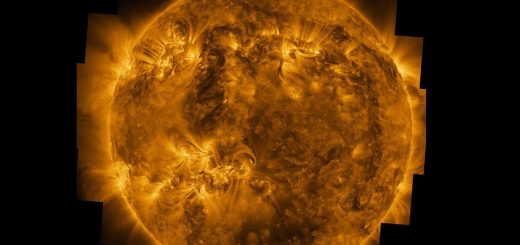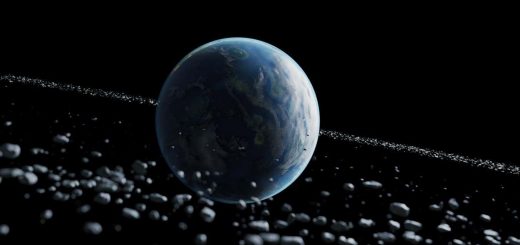Astronomers have spotted the largest known object in the universe
The Quipu superstructure is enormous, spanning 1.4 billion light years – and it could violate one of our fundamental assumptions about the universe
By Alex Wilkins
7 February 2025
Artist’s illustration of the large-scale structure of the universe
Science Photo Library/Alamy
Astronomers have found the largest known structure in the universe. It is 1.4 billion light years across and contains nearly 70 galactic superclusters. It is also hundreds of thousands of times more massive than a single galaxy, such as the Milky Way.
Hans Böhringer at the Max Planck Institute for Physics in Munich, Germany, and his colleagues have named this cosmic structure Quipu after an Incan counting system made from knotted rope. Böhringer saw the ropes in a museum near Santiago, Chile, while he was working at the European Southern Observatory and thought it resembled the structure, which has a thicker main section and several thinner branching sections.
Read more
Do we create space-time? A new perspective on the fabric of reality
Advertisement
Over large distances, galaxies can clump together into clusters, which themselves can be grouped together into larger superclusters. Astronomers have previously mapped out several of these superclusters and found that they often link together into sweeping arcs or walls, such as the Sloan Great Wall or the Laniakea supercluster, which were the previous largest structures known in the universe.
“The Quipu superstructure, end to end, is slightly longer than the Sloan Great Wall,” says J. Richard Gott III at Princeton University, who helped discover the Sloan Great Wall. “Congratulations to them for finding it.”
To find Quipu, Böhringer and his team analysed data from the German ROSAT X-ray satellite, looking at galaxy clusters several hundred million light years from Earth. They worked out which might be part of a larger structure using an algorithm that defines a maximum distance each cluster can be away from another before we consider them not linked. “This was a very apparent structure,” says Böhringer. “It immediately catches the eye.”


